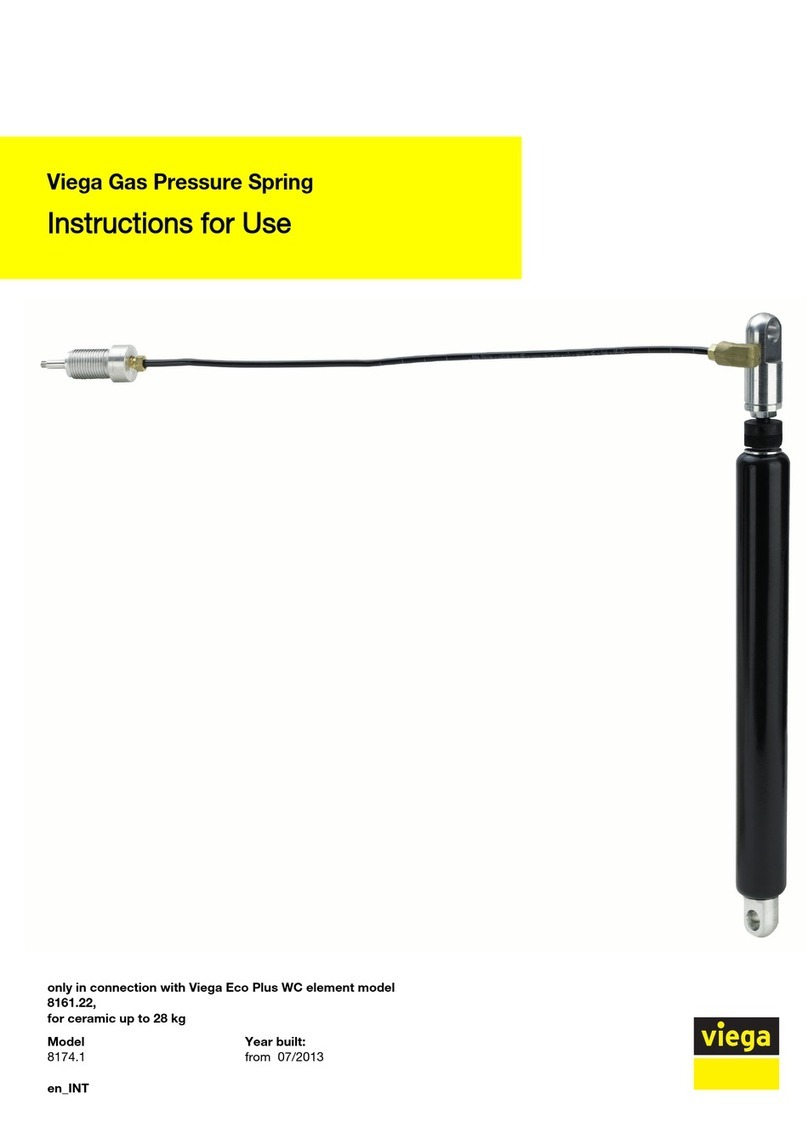
Table of Contents
4 IM-HC 599871 0321 RABS
3.2.2 Installation Dimensions _________________________ 30
Control Unit ________________________________________ 30
Powerhead ________________________________________ 30
Circuit Hub ________________________________________ 30
Thermostat / Range Extender ________________________ 31
WLAN Module _____________________________________ 31
3.3 Installation and Assembly Instructions ________ 31
3.3.1 Assembly Sequence ___________________________ 31
3.3.2 Mount the Return Sensor Ports __________________ 32
3.3.3 Mount the Powerheads _________________________ 33
3.3.4 Assemble the Circuit Hubs ______________________ 33
3.3.5 Install the Control Unit _________________________ 35
Overview of Control Unit Sockets _____________________ 35
Locating the Control Unit ____________________________ 36
Connect the Circuit Hubs to the Control Unit ___________ 37
Attach the Supply Sensor ____________________________ 38
Socket for Future Radiant Cooling Function ____________ 38
Connect the WLAN Module __________________________ 38
External Output ____________________________________ 39
Socket for Future Radiant Cooling Function ____________ 39
3.3.6 Install the Thermostat __________________________ 40
Mounting Versions __________________________________ 41
Using the Mounting Frame ___________________________ 41
Mounting the Thermostat to the Wall __________________ 42
Mounting the Thermostat on a Concealed Socket ______ 42
Unlocking the Mounting Frame _______________________ 43
3.3.7 Optional: Install the Range Extender _____________ 43
3.3.8 WLAN Module ________________________________ 44
4 Hardware Set-Up Procedures ______ 45
4.1 Hardware Operation Method Requirements ____ 45
4.1.1 Method 1 – Zone Control via Power Level _________ 45
4.1.2 Method 2 – Zone Control via Thermostat _________ 45
4.1.3 Component Identication _______________________ 45
4.2 Method 1 – Zone Control via Power Level _____ 45
4.2.1 Setting the Power Level at the Circuit Hub ________ 46
4.3 Method 2 – Zone Control via Thermostat ______ 46
4.3.1 Inserting the Batteries — Commissioning _________ 46
4.3.2 Replace Batteries ______________________________ 47
4.3.3 Establishing a 120 V Connection ________________ 47
4.3.4 Logging the Thermostat into the Control Unit _____ 48
Log-In Process _____________________________________ 49
4.3.5 Checking the Radio Connection _________________ 49
4.3.6 Logging O the Thermostat _____________________ 49
4.3.7 Using / Logging into Range Extenders ___________ 50
Logging the Thermostat into the Range Extender _______ 51
Log-In Process _____________________________________ 51
4.4 Checking the Wireless Connection to the




























